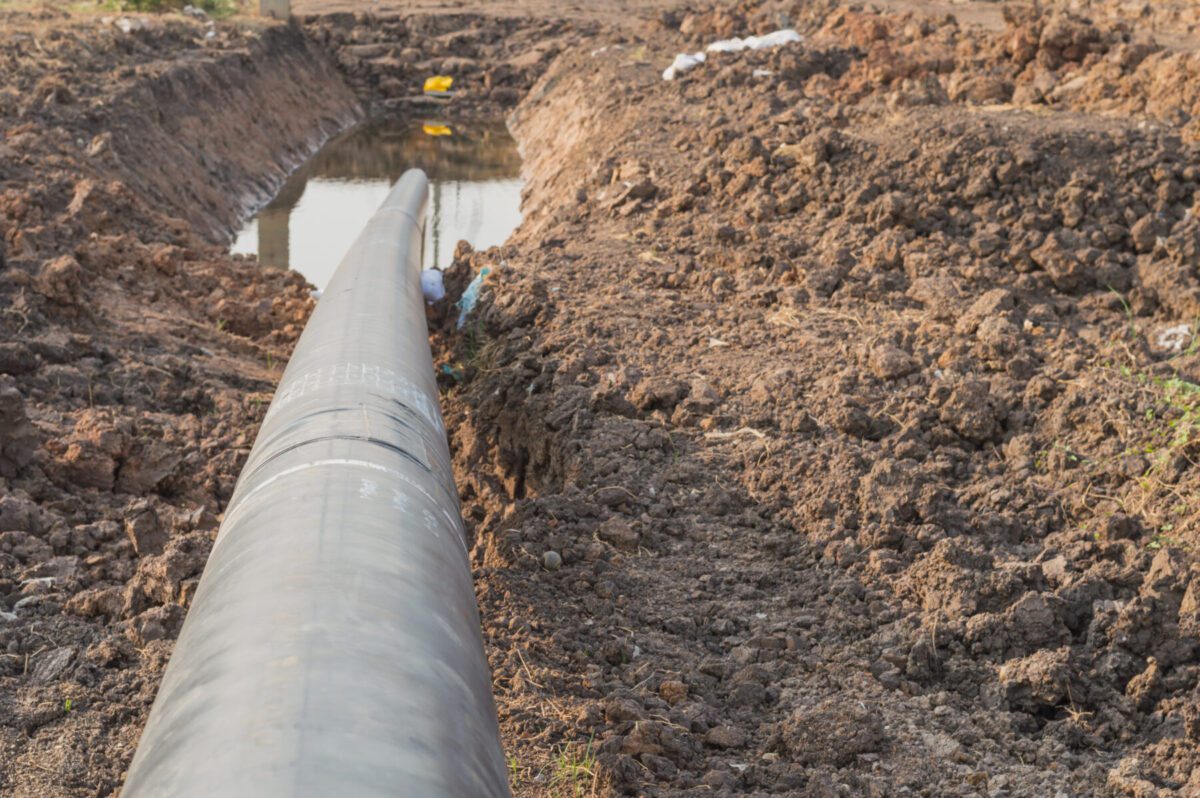Beneath the Surface: Navigating the World of Directional Drilling
The Evolution of Directional Drilling
Directional drilling has revolutionized the oil and gas industry, offering enhanced efficiency and precision in extracting resources from beneath the earth’s surface. Initially developed to access reservoirs that were inaccessible with conventional vertical drilling techniques, directional drilling has evolved into a sophisticated technology capable of navigating complex geological formations. Beneath the Surface: Navigating the World of Directional Drilling
Understanding the Basics
At its core, directional drilling involves drilling wells at non-vertical angles to reach specific targets. This technique allows operators to access multiple reservoirs from a single well pad, reducing environmental impact and operational costs. Key components of directional drilling include specialized drill bits, downhole motors, measurement-while-drilling (MWD) tools, and rotary steerable systems.

The Role of Technology
Advancements in technology have been instrumental in the evolution of directional drilling. Real-time data acquisition and interpretation have significantly improved drilling accuracy and efficiency. High-resolution imaging techniques, such as logging-while-drilling (LWD) and 3D seismic imaging, provide geoscientists and engineers with detailed information about subsurface formations, enabling better decision-making during the drilling process.
Applications Across Industries
While directional drilling is commonly associated with the oil and gas sector, its applications extend beyond hydrocarbon extraction. In the construction industry, directional drilling is used for installing utilities, such as water and sewer lines, with minimal surface disruption. In environmental remediation projects, directional drilling enables the installation of groundwater monitoring wells and remediation systems in contaminated sites.
Environmental Benefits
Directional drilling offers several environmental benefits compared to traditional drilling methods. By accessing multiple reservoirs from a single well pad, directional drilling reduces the need for extensive surface infrastructure, minimizing habitat disturbance and land use. Additionally, directional drilling can mitigate the risk of groundwater contamination by allowing wells to be positioned away from sensitive areas.
Challenges and Considerations
Despite its numerous advantages, directional drilling presents challenges that require careful consideration. Geosteering, the process of steering the drill bit within the target zone, requires expertise and precision to avoid costly mistakes such as wellbore collisions or drilling into unintended formations. Moreover, drilling through challenging formations, such as highly abrasive or fractured rock, demands specialized equipment and techniques to ensure operational success.
Future Outlook
The future of directional drilling holds promise for continued innovation and advancement. Emerging technologies, such as autonomous drilling systems and advanced data analytics, have the potential to further improve drilling efficiency and reduce environmental footprint. As the industry strives for greater sustainability and operational excellence, directional drilling will remain a cornerstone of resource extraction and underground infrastructure development.
Conclusion
Directional drilling has transformed the way we access and utilize subsurface resources, offering unprecedented precision and efficiency. From its humble beginnings to its current status as a cutting-edge technology, directional drilling continues to drive progress across various industries. With ongoing technological advancements and a commitment to responsible practices, the future of directional drilling looks promising as we navigate the complexities of the world beneath the surface.

